Built in North Carolina. Trusted Nationwide.
If you want laser cutting services that deliver accuracy, speed, and American-made reliability, US Metal Crafters is the partner you call.
When your metal fabrication partner is bad quality, production comes to a screeching halt. That’s why if you pick our precision laser cutting services are designed to hit the mark every single time.
We don’t just cut metal, we deliver accuracy, consistency, and reliability that keeps your production moving.
From the East Coast to West Coast, we serve OEMs, manufacturers, and industries nationwide who can’t afford to waste time on bad parts or long delays.
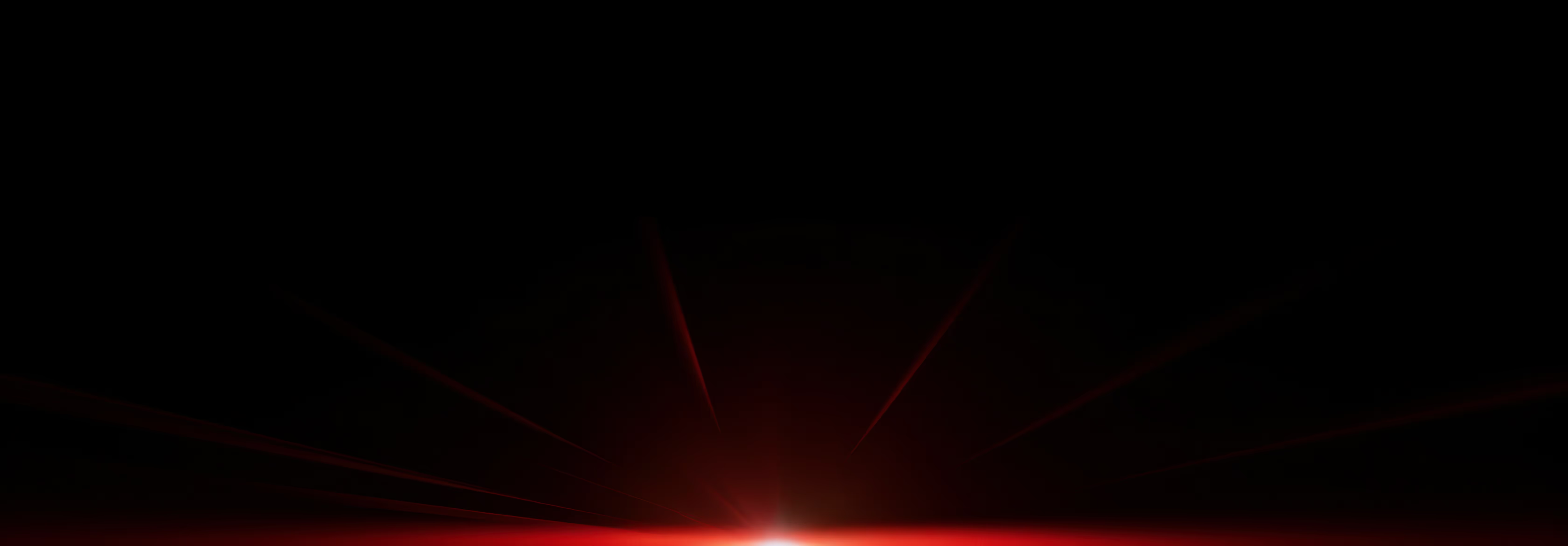
Our Optiplex 3015 Fiber Laser 8K is built for shops that need power, speed, and flawless edge quality on thicker materials. With high-speed beam delivery and stable performance across long production runs, it’s ideal for OEM parts, structural components, and anything that demands clean profiles and tight tolerances.
Capabilities
Cutting Power: 8kW fiber laser
Max Sheet Size: 5' × 10'
Material Thickness: Up to 1in"
Cutting Speed: Rapid travel up to 2,362 ipm (100in/min up to 1in)
Accuracy: ±0.005"
Materials: Mild steel, stainless steel, aluminum
What This Means for You
You need muscle behind your production. The 8kW gives you that—high throughput, excellent edge finish, and fast cycle times on thicker parts. It keeps your big jobs on schedule while our 3kW handles lighter work and the 15kW tackles extreme plate.
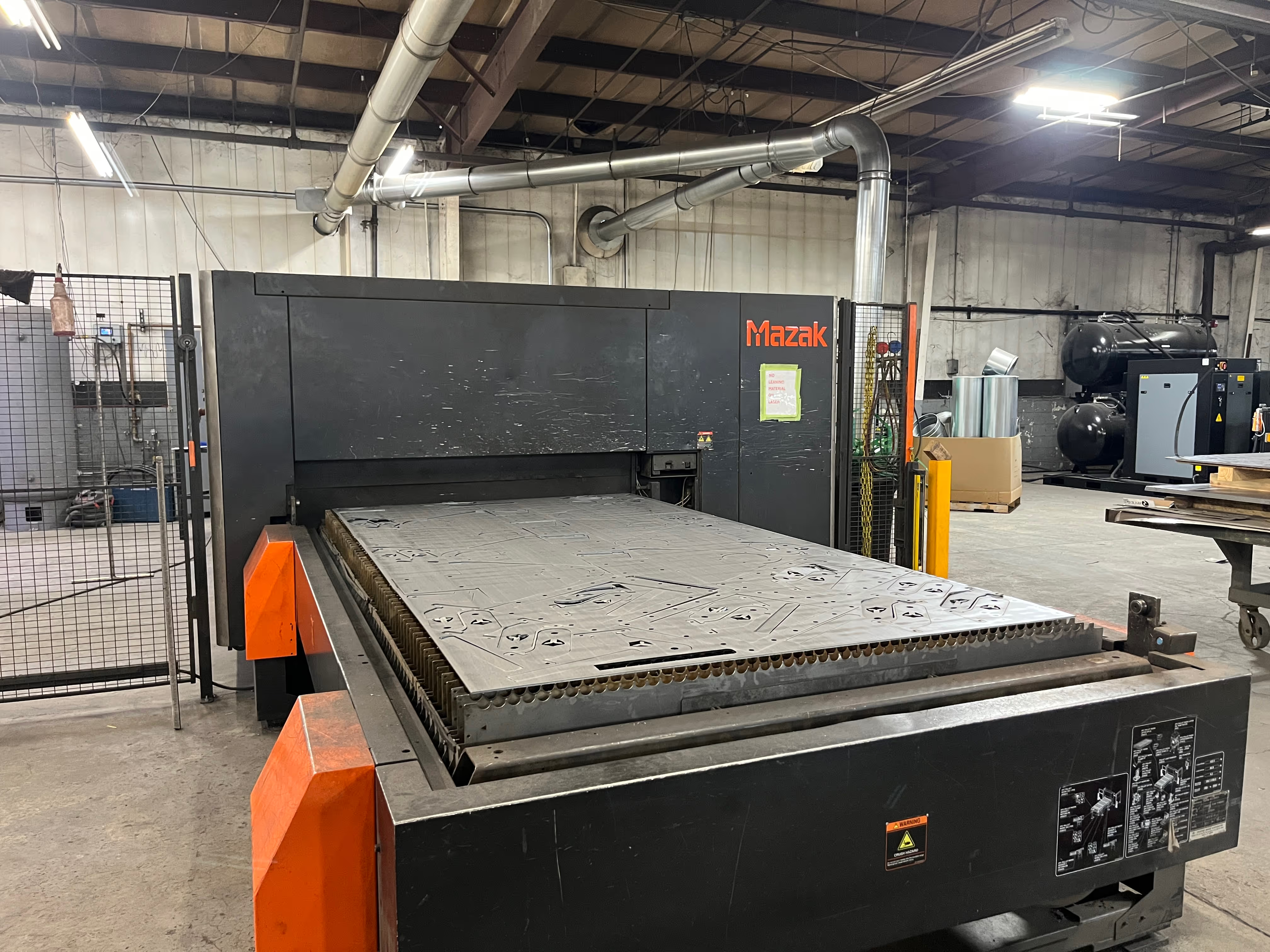

Our Optiplex 4220 NEO Fiber Laser 15K is engineered for maximum speed, deep cutting capability, and top-tier precision on large-format work. With advanced beam control and an oversized bed, it’s perfect for heavy plate, large assemblies, long-run production, and complex geometries where accuracy is non-negotiable.
Capabilities
Cutting Power: 15kW fiber laser
Max Sheet Size: 6' × 12'
Material Thickness: Up to 1.5in
Cutting Speed: 200in/min up to 1.5in
Accuracy: ±0.005"
Materials: Mild steel, stainless steel, aluminum, other metals typical for fiber lasers
What This Means for You
You need the toughest work handled without slowing the rest of your shop. The 15kW NEO does exactly that—crushing through heavy plate, shortening lead times, and unlocking larger and more complex builds. While it handles the extremes, our 8kW and 3kW lasers keep your mid-range and smaller parts moving in parallel.
Max Thickness: Up to 1.5 inches
Cutting Speed: Up to 200 in/min at 1.5"
Accuracy: ±0.005 in across parts and runs
Max Sheet Size: Up to 80.71" × 162.2"
Materials: Mild steel, stainless steel, aluminum, and other fiber-laser-compatible metals

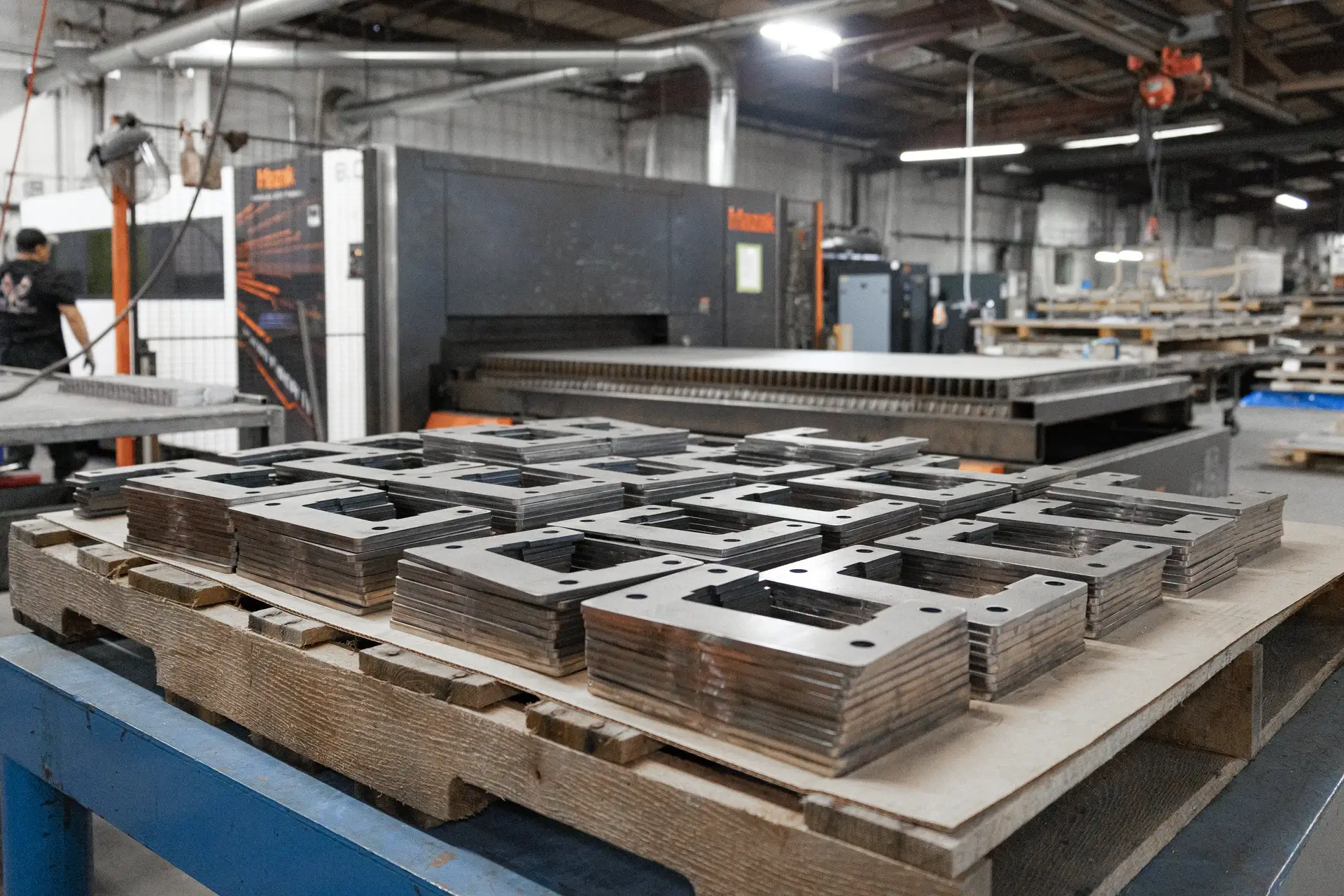

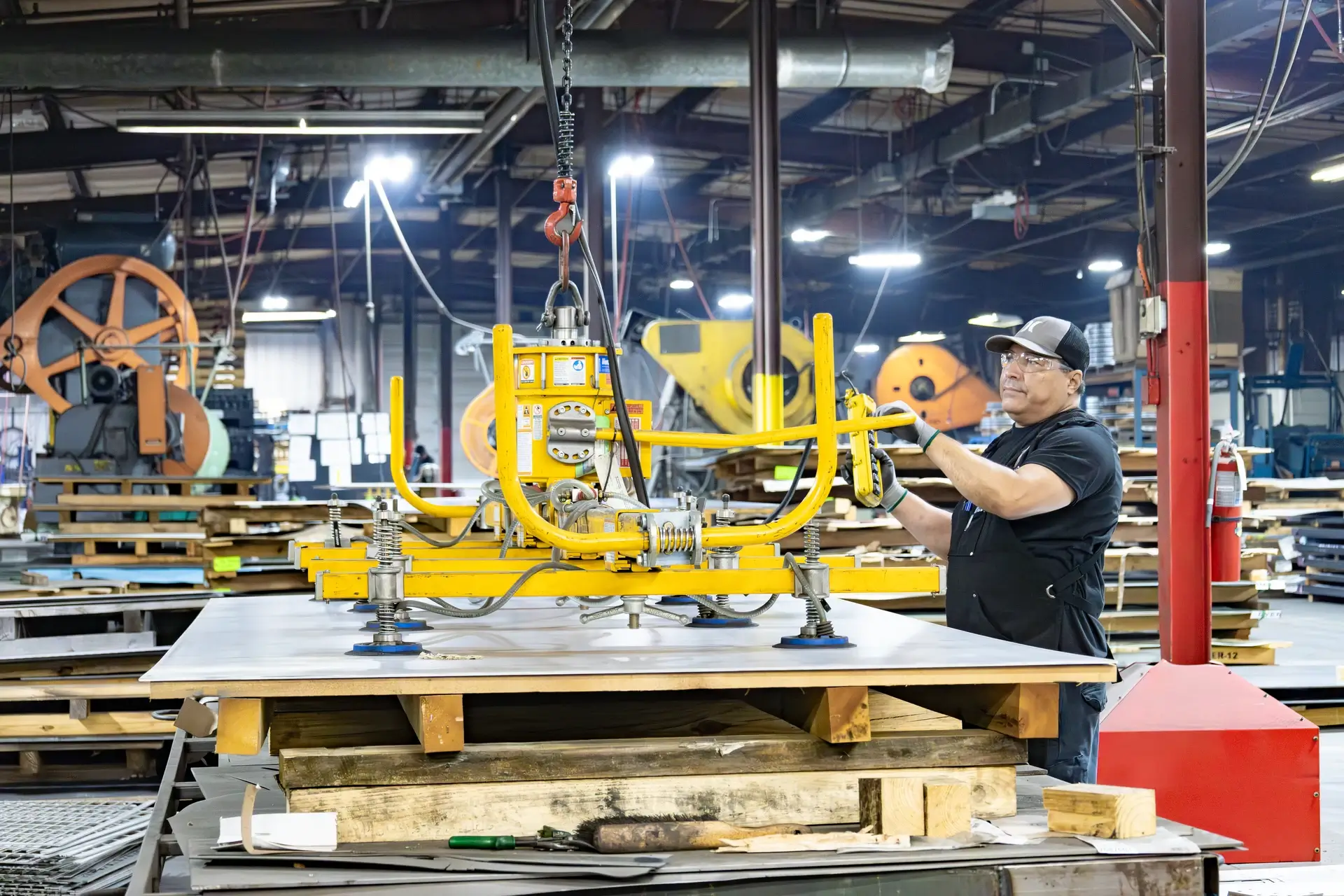
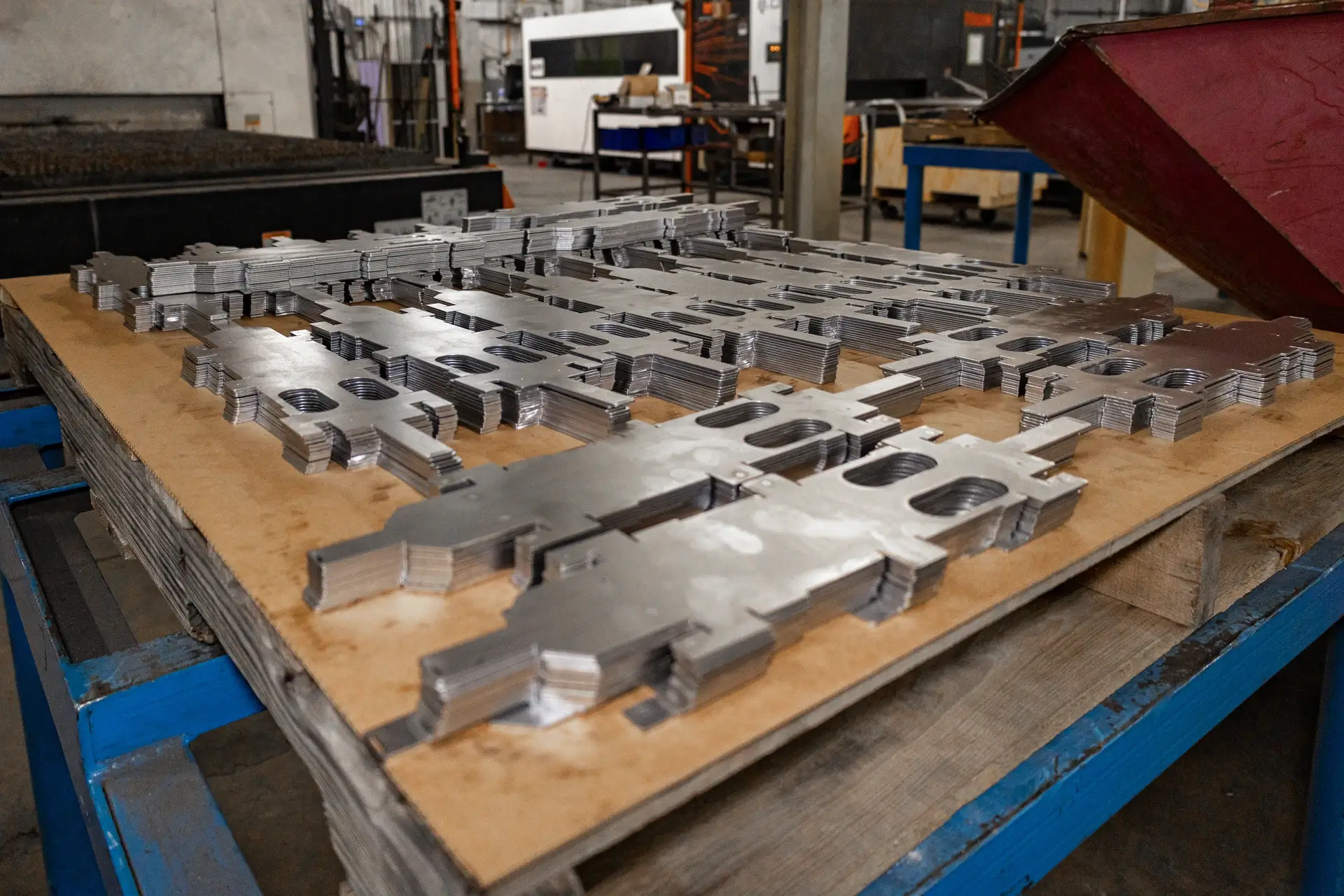

After laser cutting, some parts require additional finishing to ensure smooth edges and a clean, weld-ready surface. Our in-house sanding and deburring process removes sharp edges, slag, and heat-affected residue for a consistent, high-quality finish.
We cut with accuracy down to ±0.003–0.006mm. That means your parts fit the waythey’resupposed to—every time.
Steel, stainless, aluminum; whatever the project calls for, we can cut it.
Laser cutting isn’t the end of the process. With bending, forming, welding, powder coating, and assembly all under one roof, we keep your project moving without the holdups of outsourcing.
Speed matters. Our streamlined process shortens lead times and keeps production on schedule — backed by three in-house laser cutting machines that keep production on schedule.
Good parts don’t just happen; they’re inspected, checked, and verified. With our 3D Planar, we are able to catch mistakes down to a speck of dust. At USMC, quality assurance means:
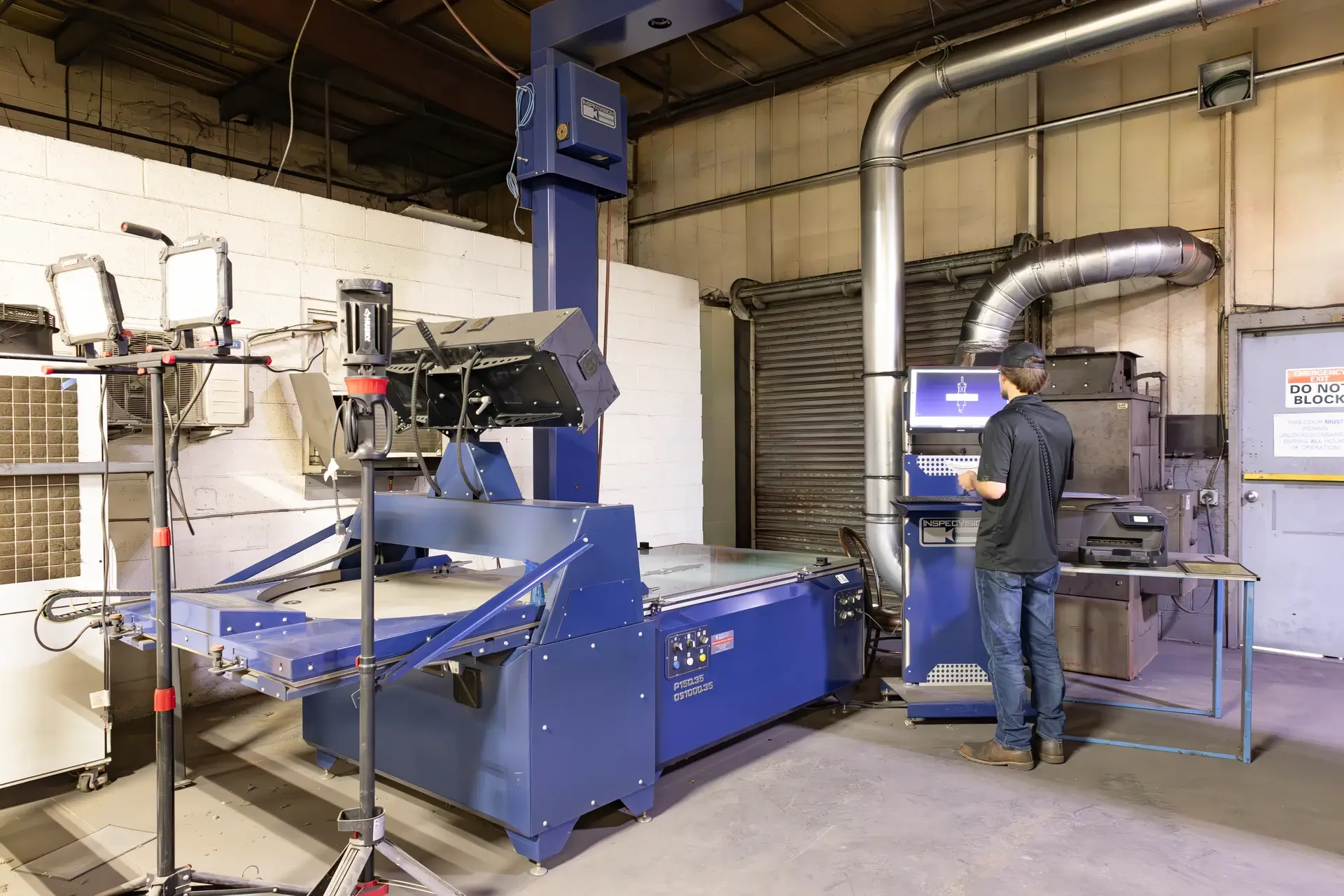

You’re not chasing parts. You’re chasing time. Lost days cost you more than a missed delivery ever will.
That’s why our entire shop is built around one promise: your order moves when it’s supposed to. Capacity that doesn’t buckle when you send the next PO.
When you trust us with your parts, delays don’t linger in the back of your mind. You know the metal will be cut, formed, finished, and shipped on schedule—job after job.
And if anything shifts, you’ll know before it ever becomes a problem—clear updates, real transparency, and communication at every step.
Mary C.
Industrial Manufacturing
Mark K.
Electrical Equipment / Life-Safety Manufacturing